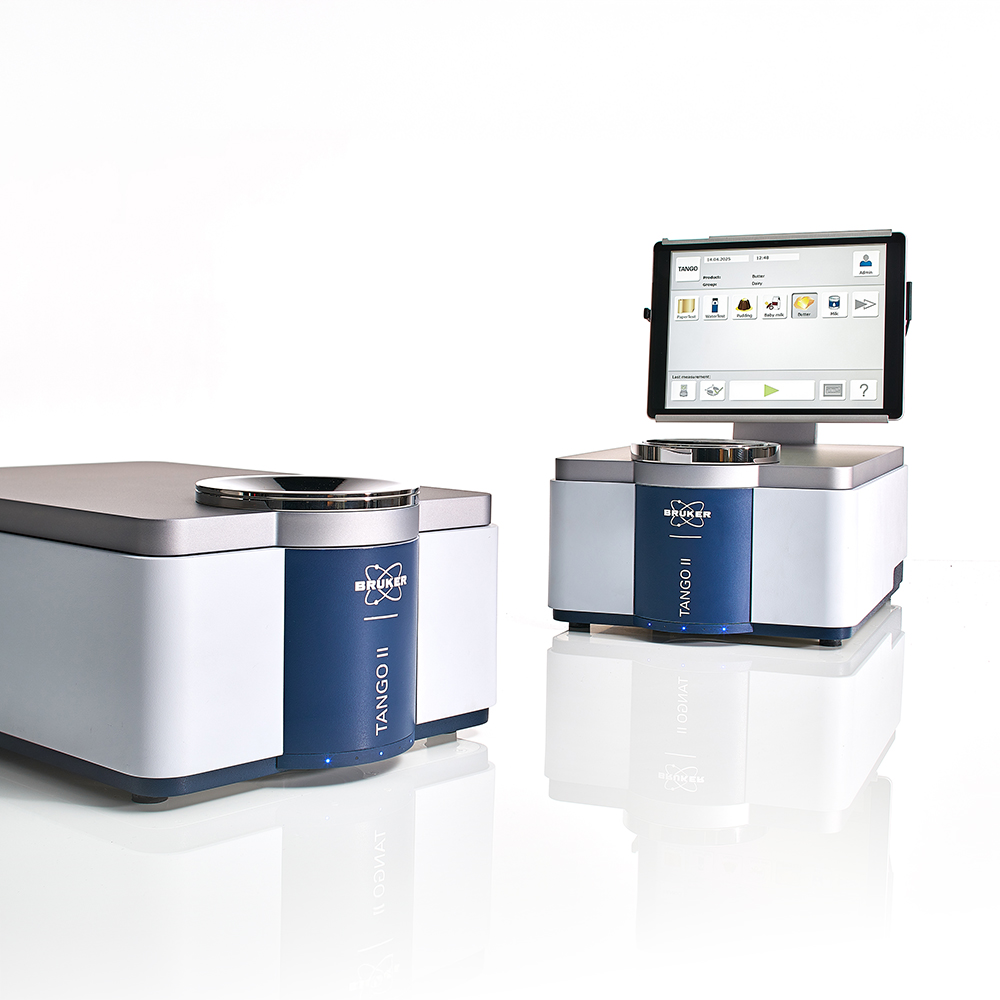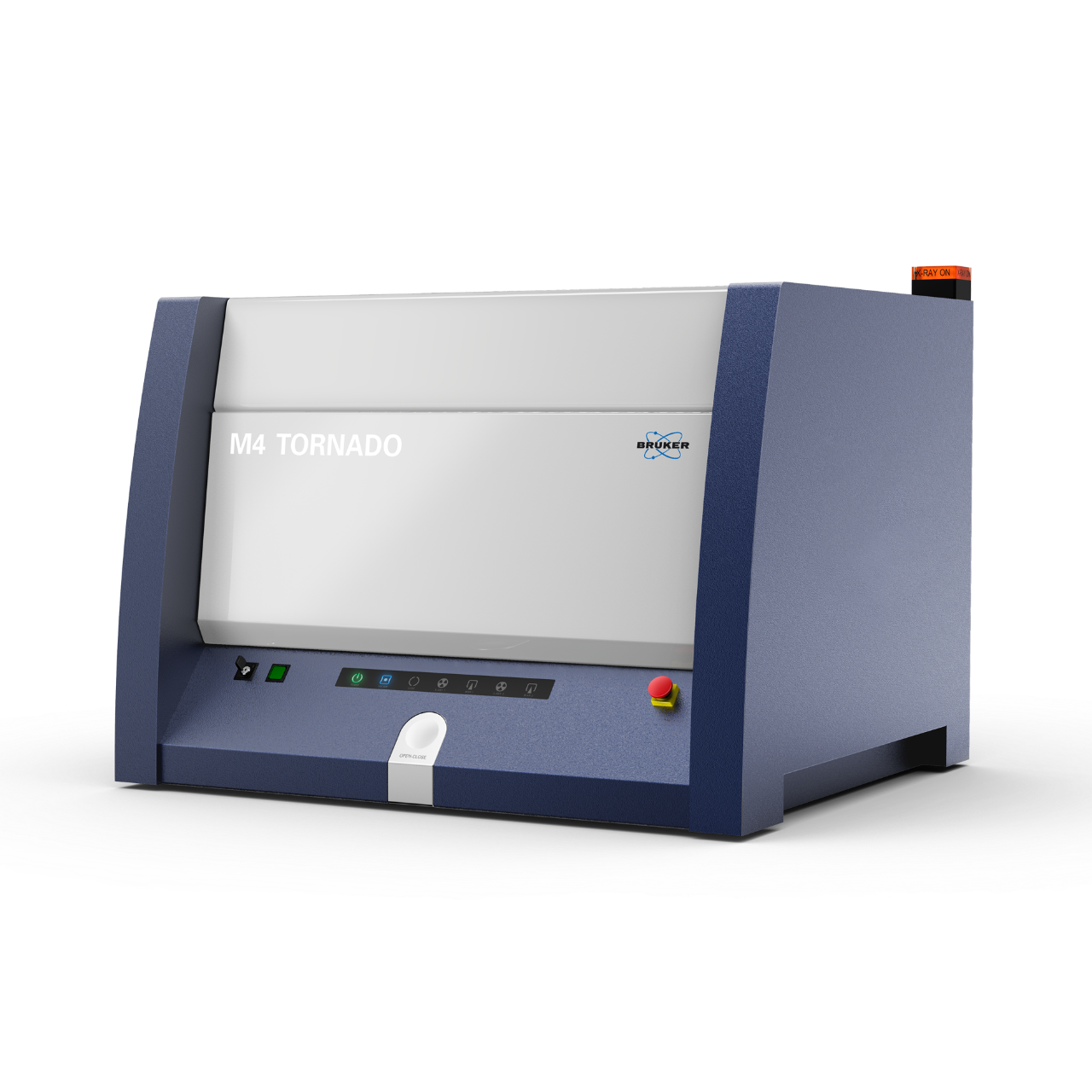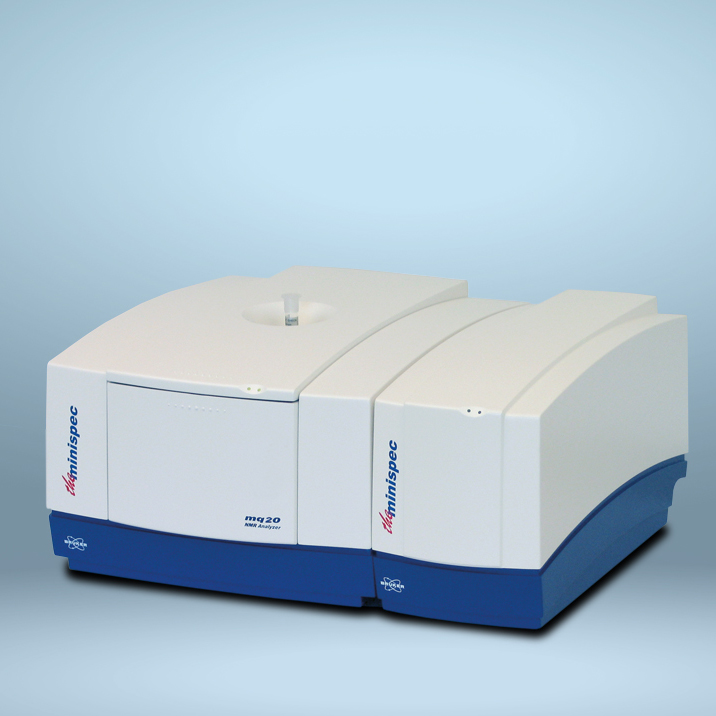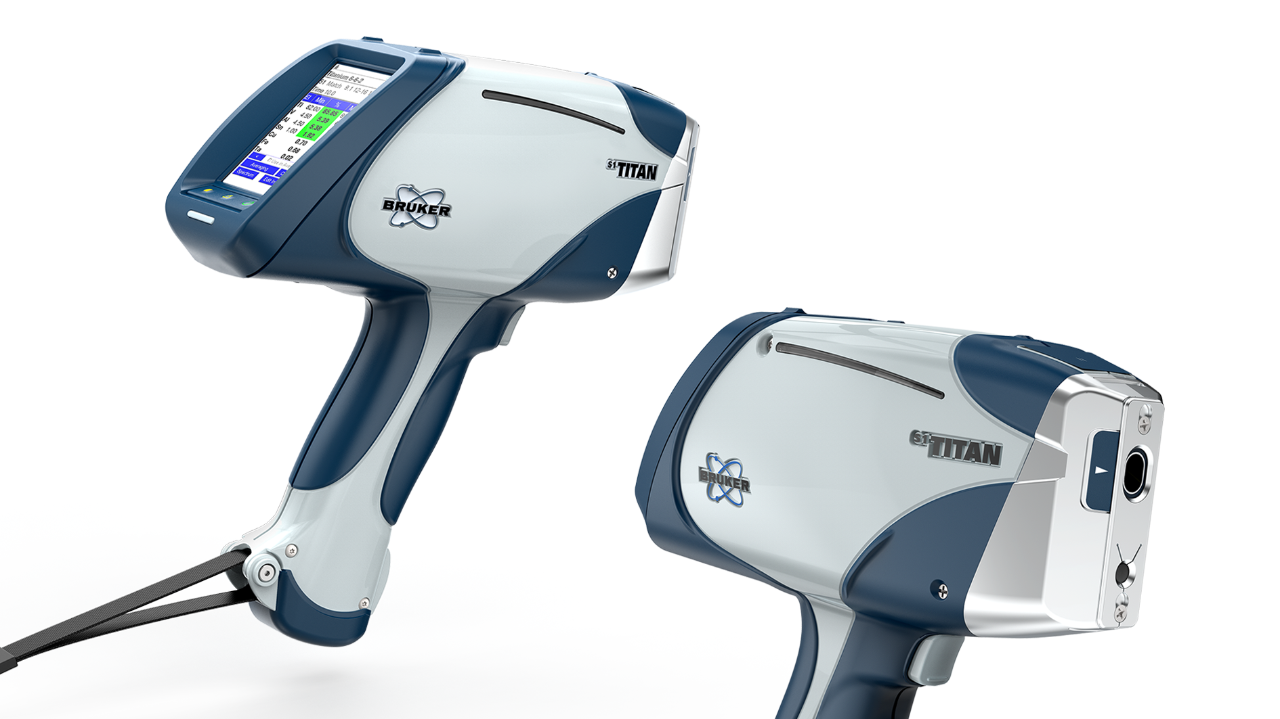

Snacks
Analysis of Snack Products
Over the last decades, a huge variety of snacks were developed, such as potato chips, crackers, tortilla chips and extruded products and refined with a multitude of different flavors. Producing safe, delicious and wholesome snack foods of reproducible quality is however not an easy task. To meet this challenge, the producers depend on constant quality raw materials and ingredients and must alt all stages monitor the production process closely. Here. Bruker offers various analytical tools to ensure top quality snack products at reasonable cost.
FT-NIR spectroscopy is a proven technology to analyze macronutrients such as fat, carbohydrates, protein, moisture and salt content as well as the energy content of potato- and cereal-based snacks within seconds. Moreover, the amout of saturated, mono-unsaturated and poly-unsaturated fats can be determined with the same measurement. These parameters are important e.g. to control if the product is manufactured according to its label specifications. The measurement is carried out by simply filling the crushed or ground in a sample cup with no further sample preparation.
Bruker’s versatile and easy-to-use bench-top TD-NMR analyzer is a turn-key solution for rapid Quality/Process control in snack food manufacturing. It acquires time-domain data in a matter of seconds to quantitatively determine the physical and chemical properties of materials, including fat/moisture content determination in snack food and powdered ingredients, water binding in dough, fat/sugar crystallization kinetics, fundamental molecular investigation on rheology, droplet size distribution in o/w or w/o emulsion, and in-package finished product analysis. TD-NMR analyzer provides a non-invasive and unsupervised automated measurement, in which no solvent or drying is involved.
XRF is a fast, nondestructive technology for elemental analysis of macro-nutrients, micro-nutrients, and heavy metals. Equally important is the ability to monitor process additives such as calcium and iron. Bruker’s Elemental Analyzer portfolio includes high-throughput lab-based ED-XRF and WD-XRF, point-and-shoot handheld XRF, micro-XRF, and ultra-trace analysis TXRF spectrometers.
Foreign bodies found in feed products need to be identified to be able to determine their source for taking corrective action. XRF and FT-IR quickly identify these small physical contaminant materials on the production floor or in the lab. Whereas XRF spectroscopy is ideal for metals, ceramics, stones and glass, the complementary FT-IR technology works best for plastics, rubbers, and other organic materials.




